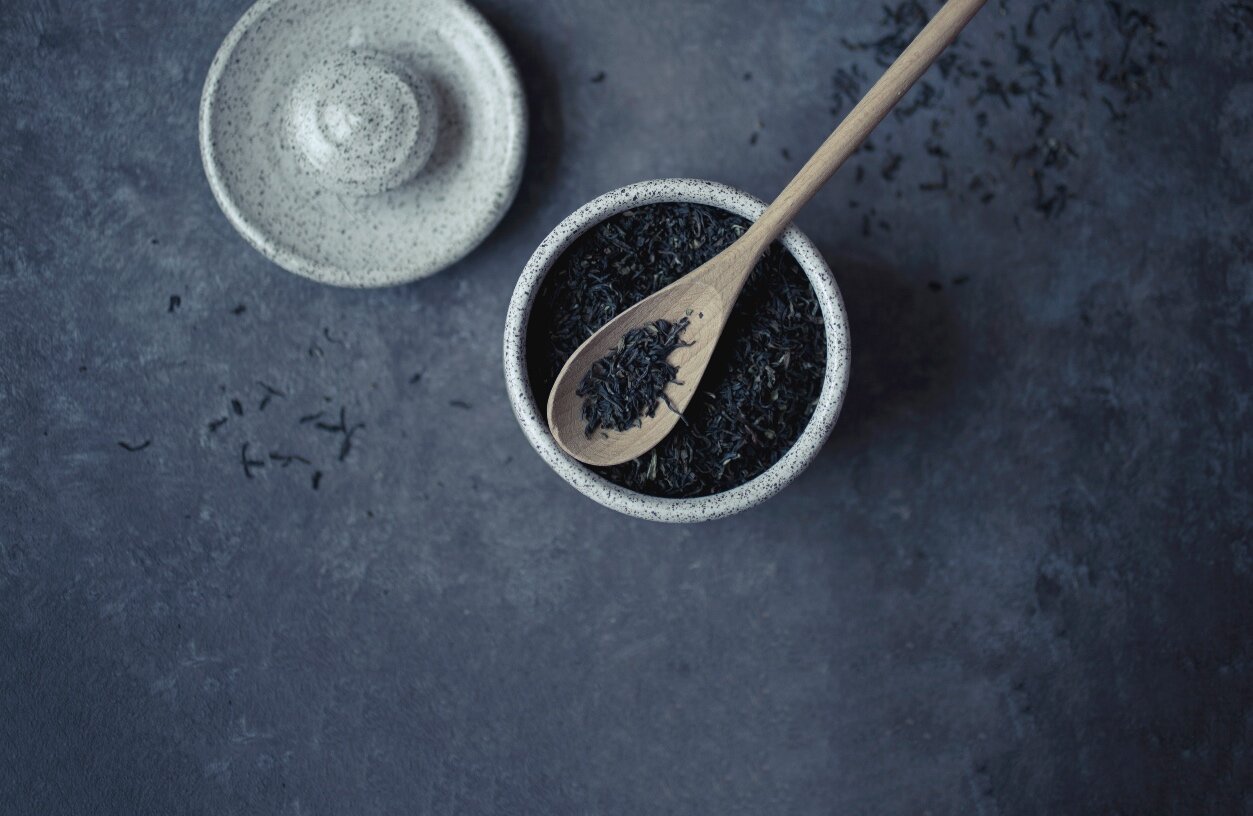
Steeping Considerations
Package Sizes and Servings
Sample 7.1 g (1/4 oz), roughly 1 to 3.5 servings
Small 28.4 g (1 oz), roughly 4 to 14 servings
Large 56.7 g (2 oz), roughly 8 to 28 servings
For many teas 1 tsp = 1.0 g or less, and 1 tbs = up to 3.0 g. A heaping tablespoon will be about 3.0 g for most tea.
Recommended servings are listed below for each brewing method, and vary according to the method and the type of tea used, as well as the volume of tea to be brewed.
Tea Storage
All tea is sensitive to light, heat, oxygen (air) and moisture. Please store your purchased tea away from sources of excessive heat, light or humidity. Prior to enjoying your tea, our sealed pouches will keep the tea fresh for many years. During this time our teas will often improve with age due to the maturation process continuing to take place in a near zero oxygen environment.
Once your tea is opened, continue to store tea in our resealable pouches as a convenient and effective way to maintain your tea under ideal conditions. If you so desire, placing tea in a sealed, inert container, like ceramic, is also an effective alternative. The white, green or oolong tea inside will remain optimally fresh for 3 months; black tea will retain its complex flavor for approximately 1 year or more; while pu-erh tea may continue to remain desirable for 10 to 20 years. Remember, once you break the seal, controlled maturation ceases in all our tea with the exception of pu-erh cakes. So now is the time to enjoy!
If you want to preserve the current characteristic of a particular tea then storing in the refrigerator may be an option. However, never store tea in the freezer. If you do not wish to be encumbered by following recommendations then it is much better to store tea normally at ambient temperature. The refrigerator can be a well suited storage condition for green tea in particular, provided directions are strictly adhered to. As tea matures it tends to become more floral, then shifting to a fruit forward profile. This is desirable for most teas, as well as also being preferred by most tea drinkers. But still some do not appreciate overtly floral or fruity characteristics in green tea. So if your taste dictates, storing in the refrigerator will drastically slow the rate of maturation and limit these characteristics.
The bag must be unopened and still sealed by us prior to being placed in the refrigerator. Condensation within the tea bag, or humidity in general, will very quickly ruin tea; sometimes within a matter of days. And resealing the bag is simply not enough to prevent condensation from forming inside due to the negative pressure from being chilled. When you remove your tea for use allow 24 hours to acclimate at room temperature before opening. It actually takes this long because of the insulation properties of the bag. If the tea is still cool when opened, condensation will form inside the bag. Further, increased oxygen exposure will occur. Both of these are not conducive to tea preservation, or for your ultimate enjoyment of the tea.
Water Quality
Avoid using unfiltered municipal or tap water for brewing tea, since it often contains chlorine. Hard water will also make tea taste more astringent and bitter. You may utilize a charcoal filtration system, but please be aware that each proprietary system is different, and the result may either enhance or be detrimental to the ultimate tea taste. Further, the price of the apparatus used is not necessarily correlated to a positive outcome. You can use bottled water for brewing if you are not confident in your filtration. Even if you are cold brewing, tea tastes better in water that has been boiled first. The best way to boil tea is in an iron kettle. It makes the tea taste smooth and rich, and can even impact the finish. If you leave water in an iron kettle overnight you will generate an enhanced effect. Stainless steel kettles are fine too. Do not use aluminum or copper kettles, as the tea taste will be negatively impacted. Iron, tin, titanium, platinum and gold metal ions positively enhance taste. Calcium ions also have some positive effects under the right conditions. Zinc, magnesium, copper and aluminum ions are not conducive to tea enjoyment. Green tea, especially matcha, is higher in magnesium because of the inherently high chlorophyll content and for the association of magnesium within the molecule’s center. Green tea can at times exhibit bitterness because of magnesium content.
Tea Enjoyment
Tea enjoyment is dependent on the interaction between the water, the kettle, the tea pot, and the serving wear…and of course the tea itself. Water will be impacted due to its source and by the manner in which it was boiled. The brewed tea will be influenced by the tea pot; especially if using an unglazed clay pot. Finally, the serving ware can exert an influence. We will cover in detail iron kettles, traditional types of clay pots and their respective effects, as well as serving ware later. How the brewing method is performed will drastically affect the outcome achieved. It is important to experiment and have fun, in order to find out what works best for you through trial and error.

